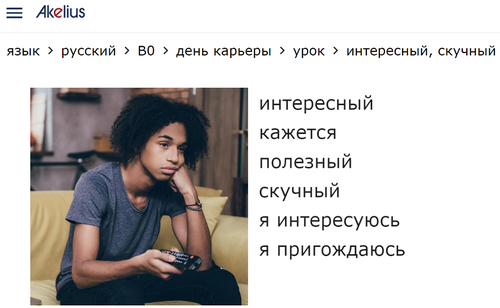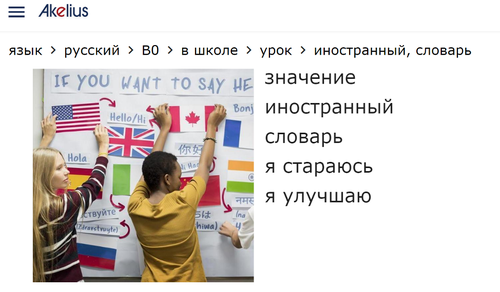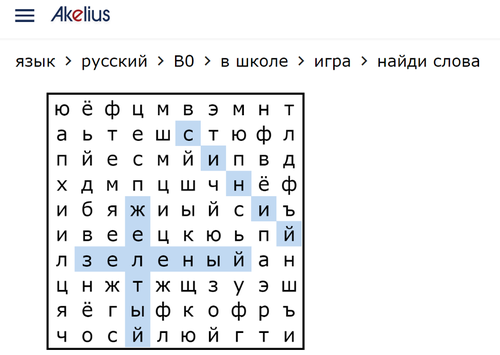IITU language experts, as well as psychologists, spoke about whether blended learning is suitable for migrant children and shared their opinion about the prospects for blended learning in our country.
Elmira Yerkebekova, methodological expert, candidate of philological sciences and associate professor spoke about the specifics of the blended learning format and its role in the education system. Since November 2021, she and her colleagues have been participating in a joint project of Akelius and UNICEF, which involves a blended learning format.
She says that blended learning combines face-to-face and online education when the child interacts with both the teacher and gadgets during the lesson. This approach allows to individualize learning and develop skills such as critical thinking, teamwork and others.
At the same time, she reminds that in a blended learning format, gadgets, educational platforms and other digital technologies are additional in nature and are used to work out the material covered, consolidate the topics studied, and perform training exercises.

Yuliya Nesterenkova, psychologist, notes that the topic of blended learning is now very relevant. According to her, blended learning in the school process provides for certain features that must be taken into account, and they way we consider them (as advantages or disadvantages) will be different in each case.
Yuliya Okrovna emphasizes that blended learning is not just a mix of offline and online meetings. This is a whole process for which it is necessary to prepare all participants in education. If this is quite easier with the students at colleges and institutes as they as ready for independent study, it is more difficult with schoolchildren.
She identifies the following five features of blended learning:
The first is the provision of a technical component. 2020-2022 showed that there are some difficulties with this as communication and the Internet are slow. Systematic hanging during lessons clearly does not motivate the students to study the subject. And this affects the quality of online lessons as well as the entire process of blended learning.
The second is the learning ability of the teachers and the increase of their mobility and desire to learn new Internet resources. This can also include stress resistance and media posing - the ability to freely conduct a lesson on camera. Not all teachers are ready for this. To keep the pace, they need to independently develop and take into account the interests and age characteristics of students.
The third is taking into account the boundaries of each participant in the Internet space. Before posting a lesson with the participation of minors, it is necessary to notify them and their parents about this.
The fourth is that the students will have to process and study a larger amount of information on their own (the principle of a flipped class). Then they will have to ask questions and discuss this information with their class and the teacher. To be honest, not every student is ready for this.
The fifth is the education of migrant children, who need only full-time (offline) education during the period of adaptation. With such students, language contact must be taken into account. It is necessary to check how much they understood the topic being studied during live communication. The teacher should have an individual approach to such students in order to cheer them up and reduce their psycho-emotional stress. These children often have a discrepancy in the program being studied and teaching methods. Therefore, it is imperative to take into account the participation of their parents. There are cases when parents, having moved to another country, do not know the language of instruction and cannot help their children in the educational process. That’s why I advise educators to use only offline learning in teaching such children.
Yuliya Okrovna thinks that the modern educational process cannot be considered without blended learning. It will not be possible to implement it throughout the territory of the Republic of Kazakhstan without taking into account the above features (which can be supplemented). She doesn’t want to guess whether it will take 5 or 10 years to form a perfect teaching methodology in the electronic environment, but she is sure that we will not be able to provide effective learning if we are not mentally and psychologically ready for interaction in the media and online format.

Tatyana Ostapenko does not see any disadvantages in blended learning. She explained to whom exactly this format of study is best suited.
She explains that there are highly sensitive children who find it difficult to keep their attention in a classroom where there is a lot of noise from a large number of people. It is much easier for such children to study while sitting in front of the screen, when they remain in contact with their classmates. In addition, it is suitable for self-organized children - for those who are able to control themselves and observe time management.
According to the psychologist, there is an illusion that information can only be assimilated while sitting at a desk in a white shirt. She also emphasizes that each child has an individual learning style, and it must be taken into account by both teachers and parents.
She thinks that information can be assimilated no matter whether the students are sitting in an armchair, lying on the floor, or working in a house. It is better for a hyperactive child to absorb information when he sways on a fitball. Information can also be obtained from gadgets. Unfortunately, many parents believe that learning is a subject-object process, when the teacher explains the material and the student sits passively. In fact, the task of education is to teach how to receive information independently, because we do it throughout our adult life. And if we don’t learn how to get it at school age, we won’t learn how to do it later.

In her opinion, blended learning is also suitable for migrant children as it is important to find something in common between the culture of the country from which the family migrated and ours to build the learning process. Teachers and students can do it by comparing games, food, traditions, clothes, dishes, and customs. All above mentioned may be called differently, but they have the same meaning. When we do this with students, they begin to understand that they have not lost anything by coming here. We all understand that when we get to know the culture of another country, we only enrich our knowledge.
She believes that only the traditional format can be difficult for them as the students do not understand many things due to much foreign culture around them.
Tatyana Aleksandrovna explains that the blended learning format allows to take a dose approach to obtaining information. Immigration due to war or some economic problems, can leave a psychological trauma. To recover there should always be a place where a student can get education and return home.
For clarity, the psychologist compares the process of immersion in a new culture with bathing in cool water: first we wet our feet, then we go deeper, and when we feel that we need to bask in the sun, we get out of it. Then we repeat the process from the beginning when we are ready for it.
In conclusion Tatyana Aleksandrovna says that a child can come to a traditional school, meet ordinary people, or communicate with them, and when he/she realizes that he/she has received enough information he/she can study online without interruption. The blended learning format gives teachers the opportunity to dose direct contact with children. Given this moment, it seems to her that blended learning is ideal for such children.
The initiative of Akelius, UNICEF and IITU is aimed at the socialization of children who find themselves in a difficult life situation. The project involves 9 pilot schools in Kazakhstan, whose teachers conduct classes in the blended learning format using the Akelius platform. It is expected that by the time the pilot project is completed, 250 children will be trained on the platform.
